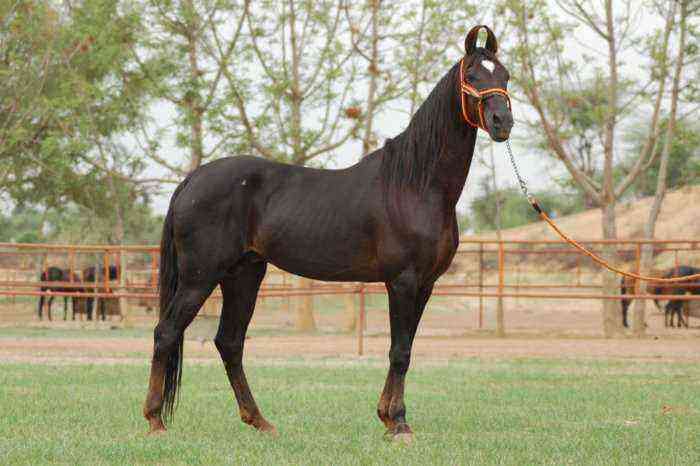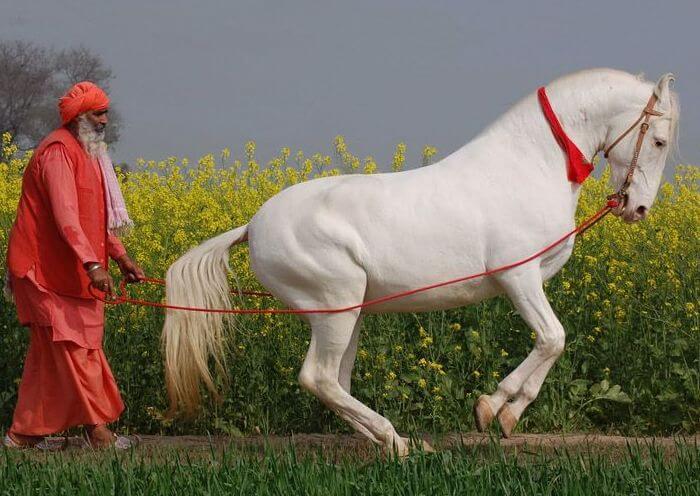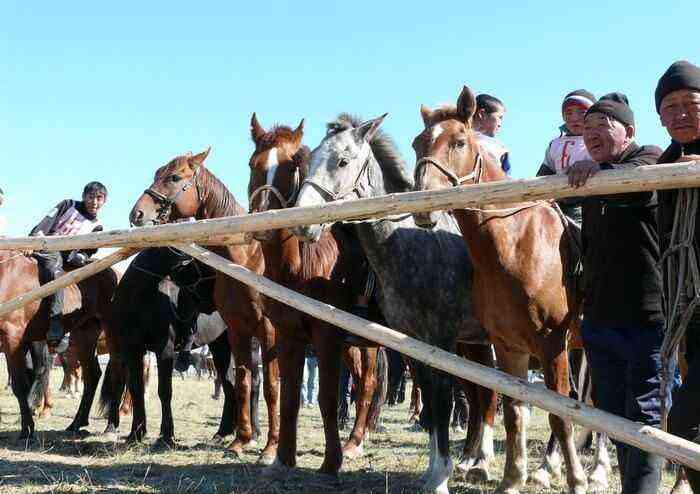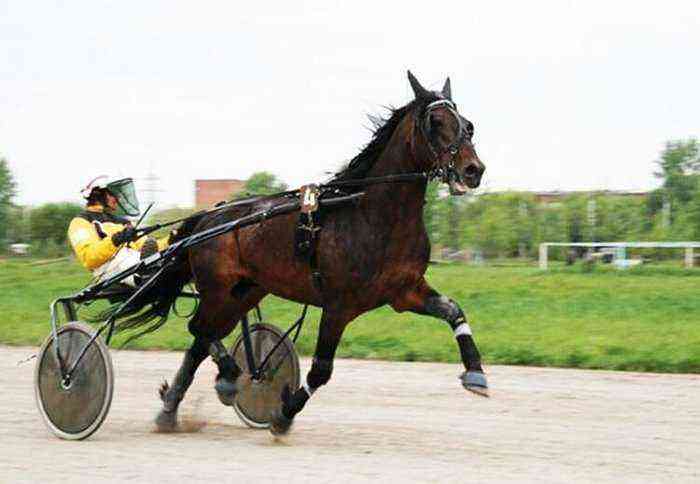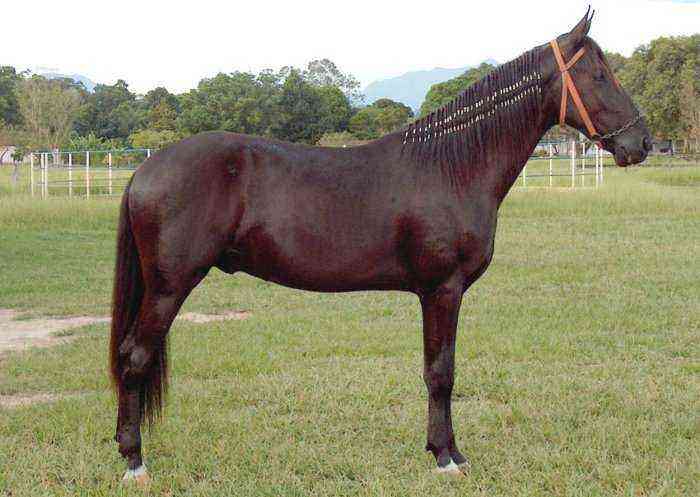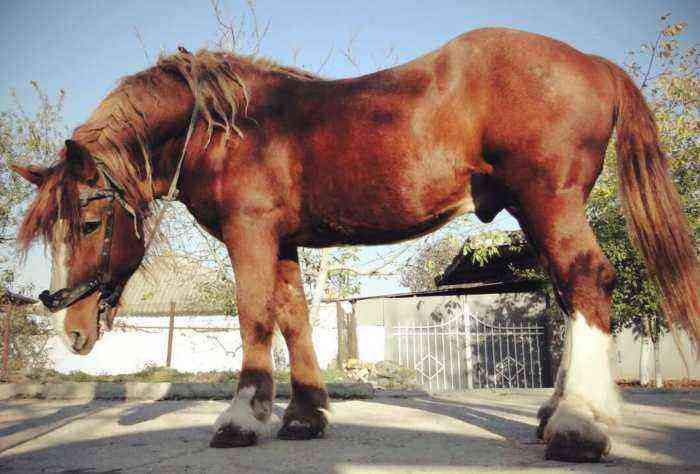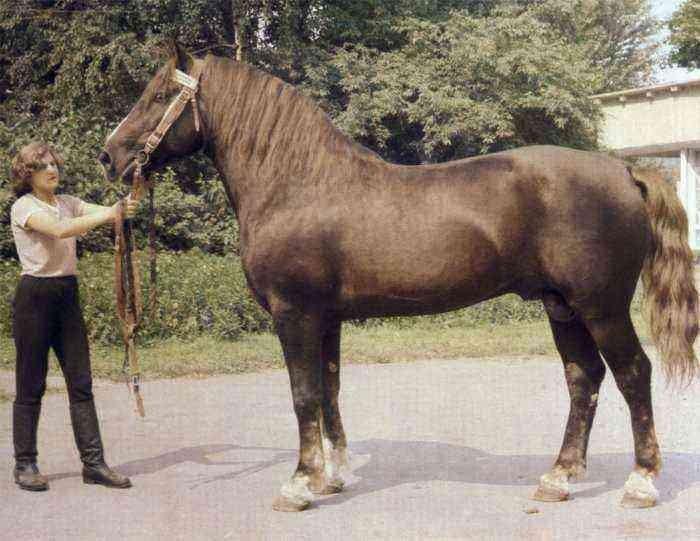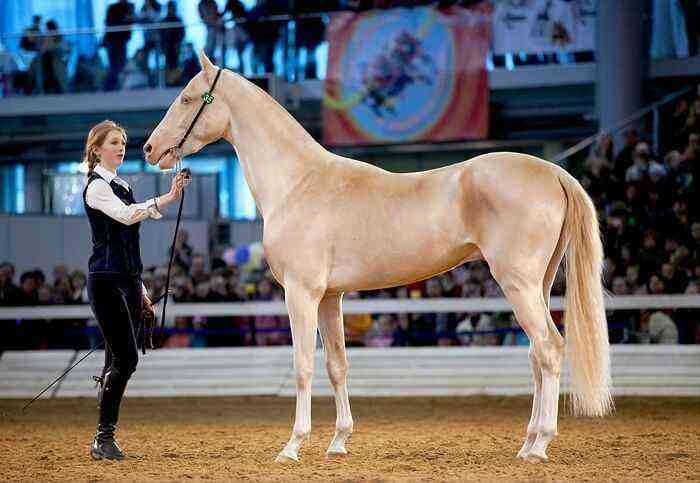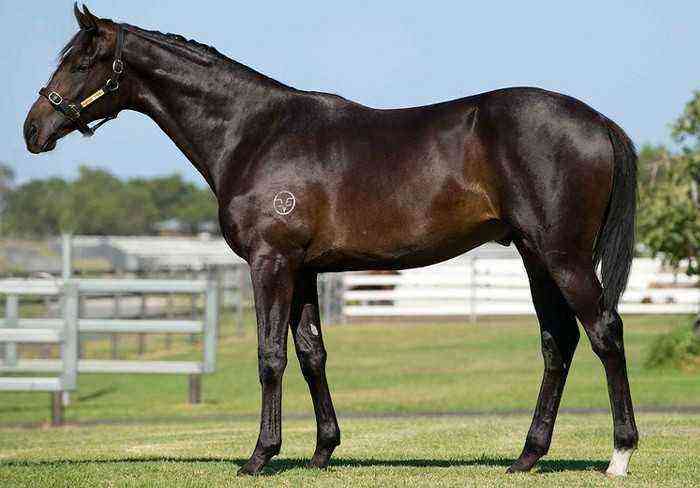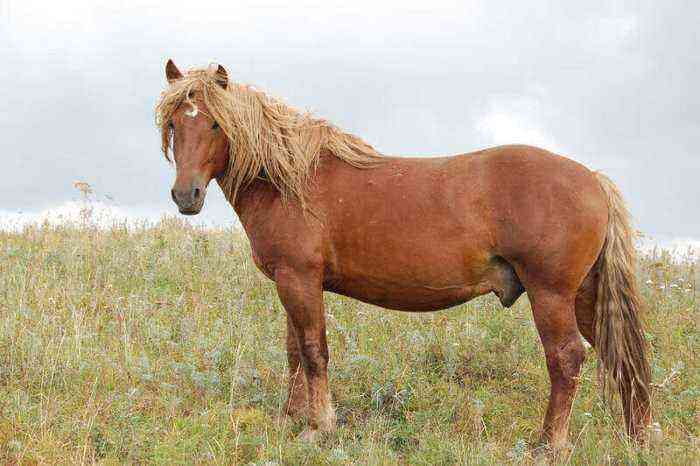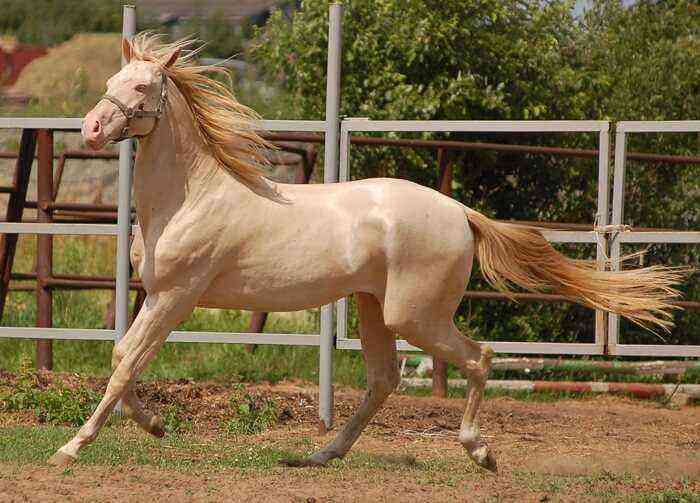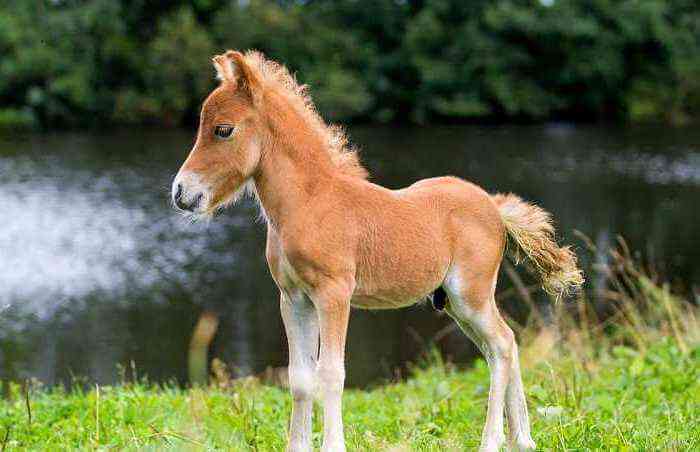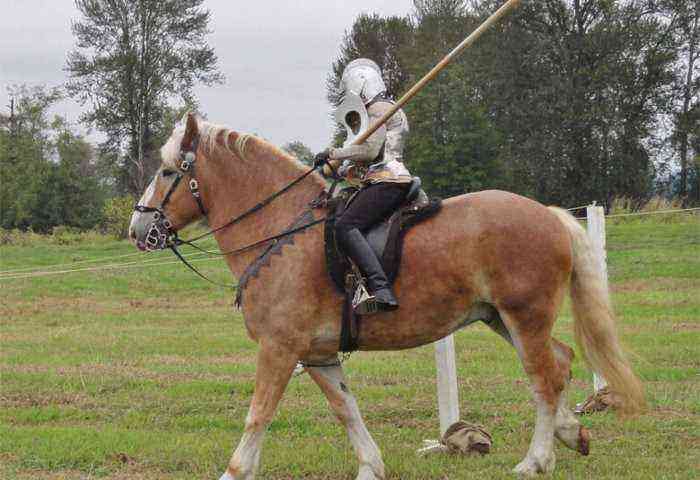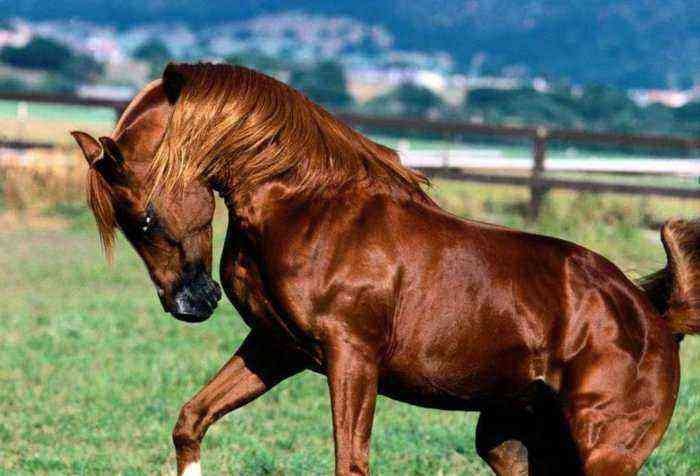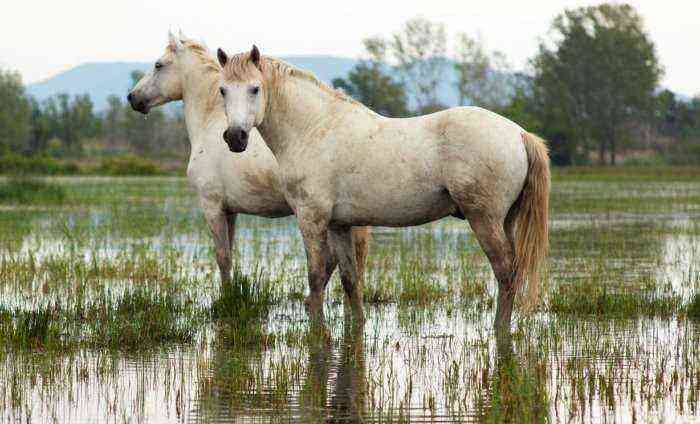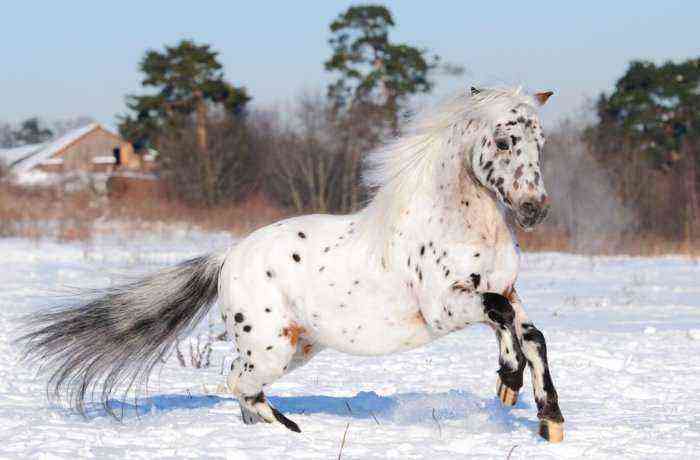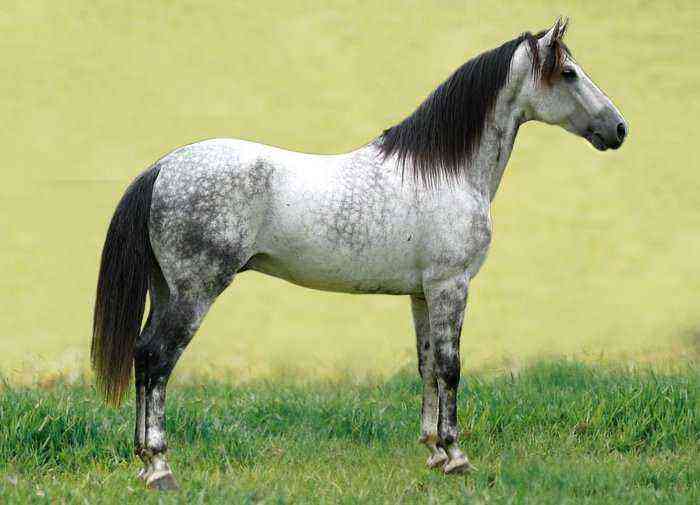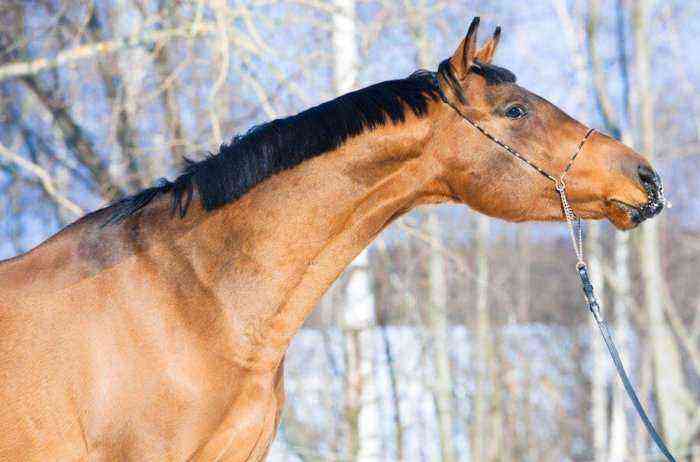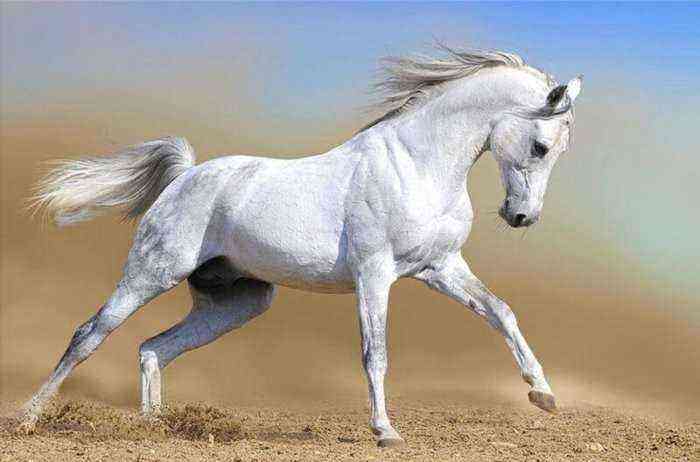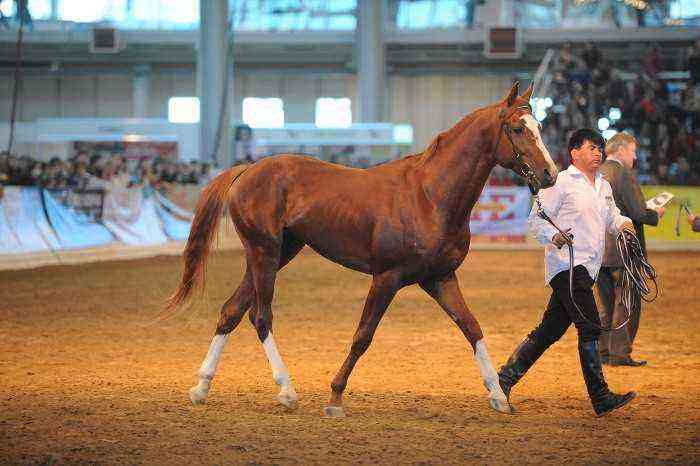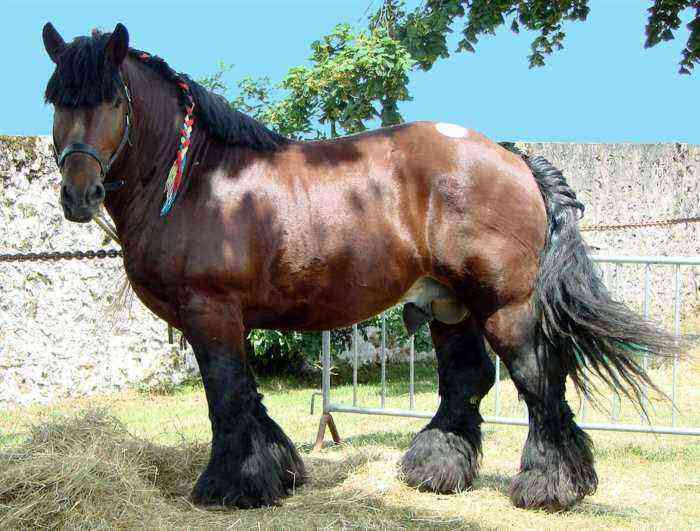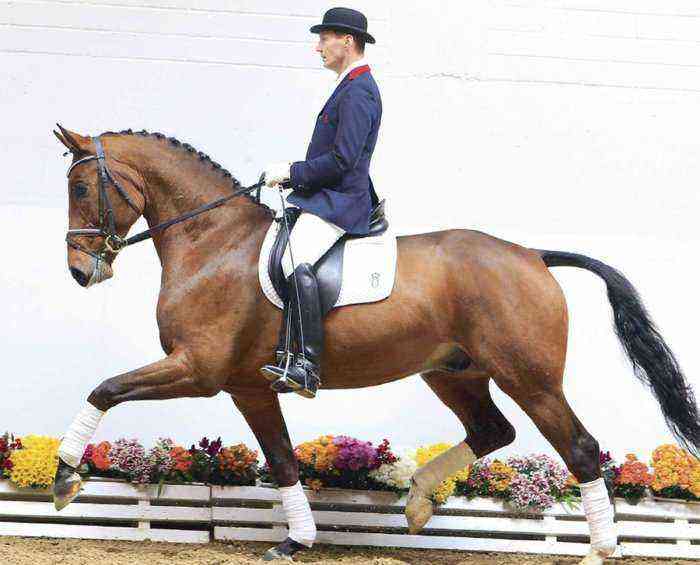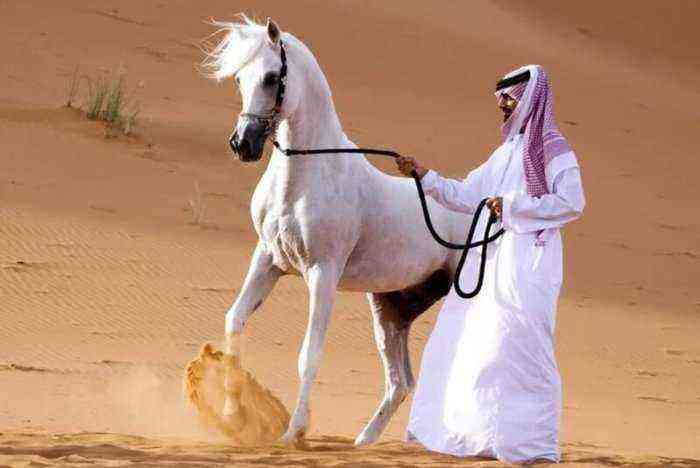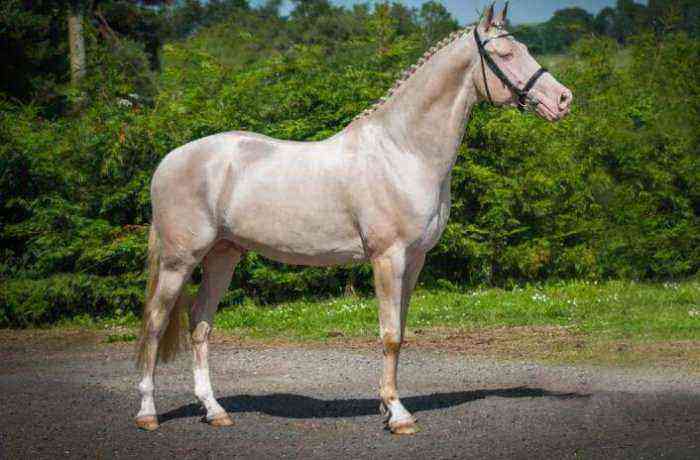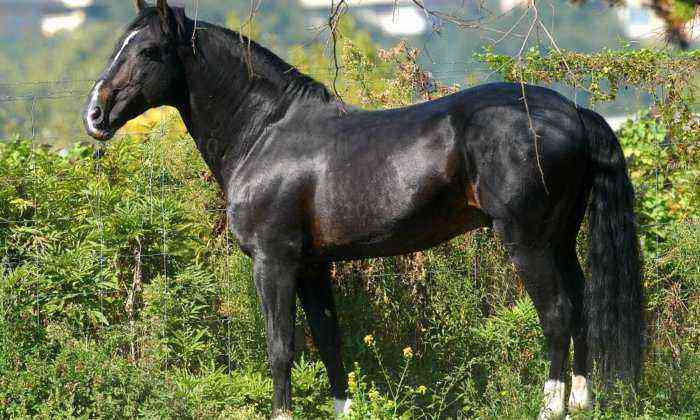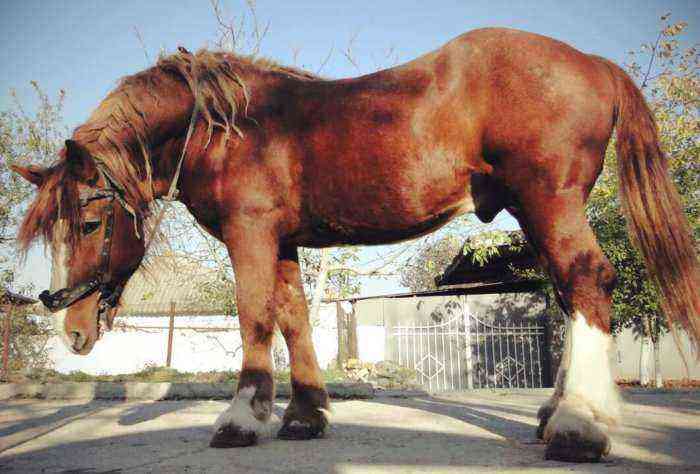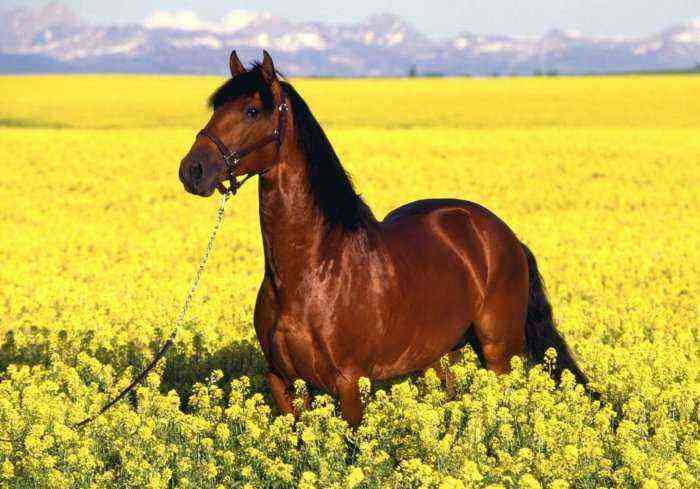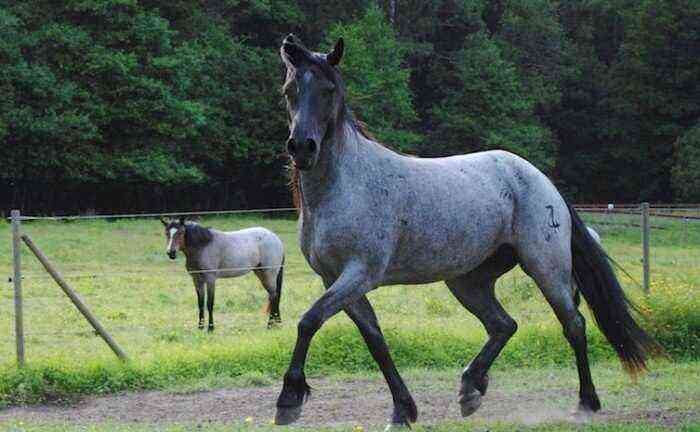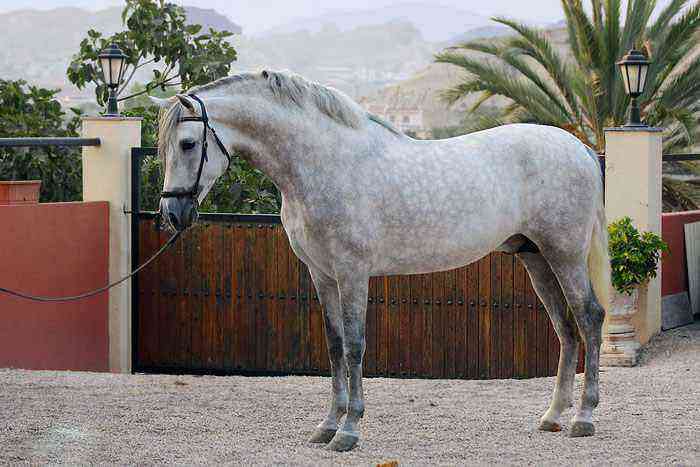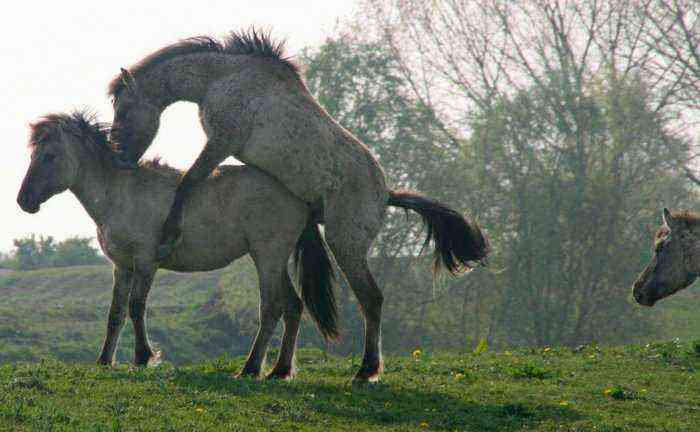The Marwari horse breed is bred in India, it is considered one of the oldest on earth. Its distinguishing feature is the exotic structure of the auricles, the tips of which are turned inward and touch each other. These horses are known for their devotion, courage and bravery. They are described in ancient writings as horses that only great warriors and kings were allowed to saddle.
Jumper Marvari
History and legends about the origin of the breed
There is no reliable information about the origin of the Marwar horse breed. According to scientists, these animals have Arabic and Mongolian roots. The breed was bred in the historical area of India, Marwar, in the southwest of Rajasthan. Today the area is called Jaipur.
According to one legend, once off the coast of India, a ship was wrecked, on which there were Arabian stallions. The strongest and most enduring managed to get to the shore and escape. The locals caught these horses and used them for crossbreeding with local ponies, which are distinguished by their strong physique.
Maharajas have been breeding the descendants of Arabian horses and ponies for centuries. Representatives of the royal breed were distinguished by grace, strength, unpretentiousness and endurance. These qualities were formed in the difficult conditions of the desert terrain of Rajasthan.
In the 12th century, the Rathore clan was formed in the North of India, which for a long time occupied a dominant position in the country. The Rajputs, members of this caste, took the breeding of the local horse breed very seriously. They formed a tribe of purebred stallions and mares. Particular attention was paid to the qualities of the character of horses. The priority was endurance, strength, high intelligence, as well as the ability to show devotion to the owner. Scientists are sure that the Mongol horses influenced the development of the Marwar line during the invasions of the hordes into India.
Endangered
When India became a colony of England, the Marwar horse population was on the verge of extinction. At that time, the colonialists made every effort to destroy everything connected with the former regime of the country, including its customs. The British brought horses of European origin to India, and local mares and stallions were killed.
From the middle of the 20th century, measures began to be taken to restore the Marwari population. At that time, India introduced a ban on the export of horses from the country. Only one woman from America was allowed by the Indian authorities to take a few individuals and take them away with her, her name is Francesca Kelly. An American created a society with the aim of protecting and preserving the Marwari population.
Breed description
The nature and virtues of the Marwari horse
Horses of Indian origin have become famous all over the world not only because of their unusual appearance. Over the centuries, they have shown their best side. These animals are able to overcome great distances, being content with the meager vegetation of the deserts. They are well adapted to difficult climatic conditions and can do without water for a long time.
Appearance of horses
There are many legends about these glorious horses. Marwari horses are so devoted to the owner that they will never leave him in trouble. Even having received a serious wound in battle, the horse continued to move until it delivered the rider to a safe place. The strong attachment of animals did not allow them to leave the owner wounded in battle. The horse remained close to him and protected him from the attack of enemies.
Attention! Marwar horses are distinguished by excellent hearing and the ability to navigate the terrain well. It will not be difficult for them to find their way home. There are cases when horses rescued people lost in the desert.
External Features
The average height of a Marwari stallion is 1,55 m. Horses have a specific appearance, due to which they cannot be confused with other horses.
Exterior feature:
- a small dry head with well developed jaws and a narrow nose;
- nostrils wide;
- auricles are long – from 9 to 15 cm, mobile, their tips are turned inward and form a heart-shaped crown above the horse’s head;
- big beautiful eyes with a smart look;
- a thin long neck of a trapezoidal shape with a pronounced withers against the background of a small head seems massive;
- rather deep chest with well-defined muscles;
- the body is of medium length, the stomach is taut;
- croup rounded, lean;
- the limbs are dry and long with a very strong hoofed horn (these horses are almost never shod).
Reference. Marwari shoulders have a special structure. They are located at a slight angle in relation to the forelimbs, which allows the horses to move more easily in deep sand.
Representatives of the Marwari breed can have a different coat color. Indians use white horses for religious rituals. But black horses are considered a symbol of death. According to beliefs, horses with white spots on the limbs and head bring happiness.
Modern use of the breed
The Marwar horse breed is universal. It is used both for riding, and in harness and for transporting goods. In the Middle Ages, these horses served for the benefit of cavalrymen. Now most of the livestock is involved in breeding, because the population has not yet been restored.
marwar horse breed
Marwari horses are the national treasure of India. They are constant participants in various shows and festivals. These glorious animals are attracted to the game of water polo, and in the countryside they work in the fields. Residents of India treat the local breed with respect and awe.
https://youtu.be/xTUpjzYG9dY
